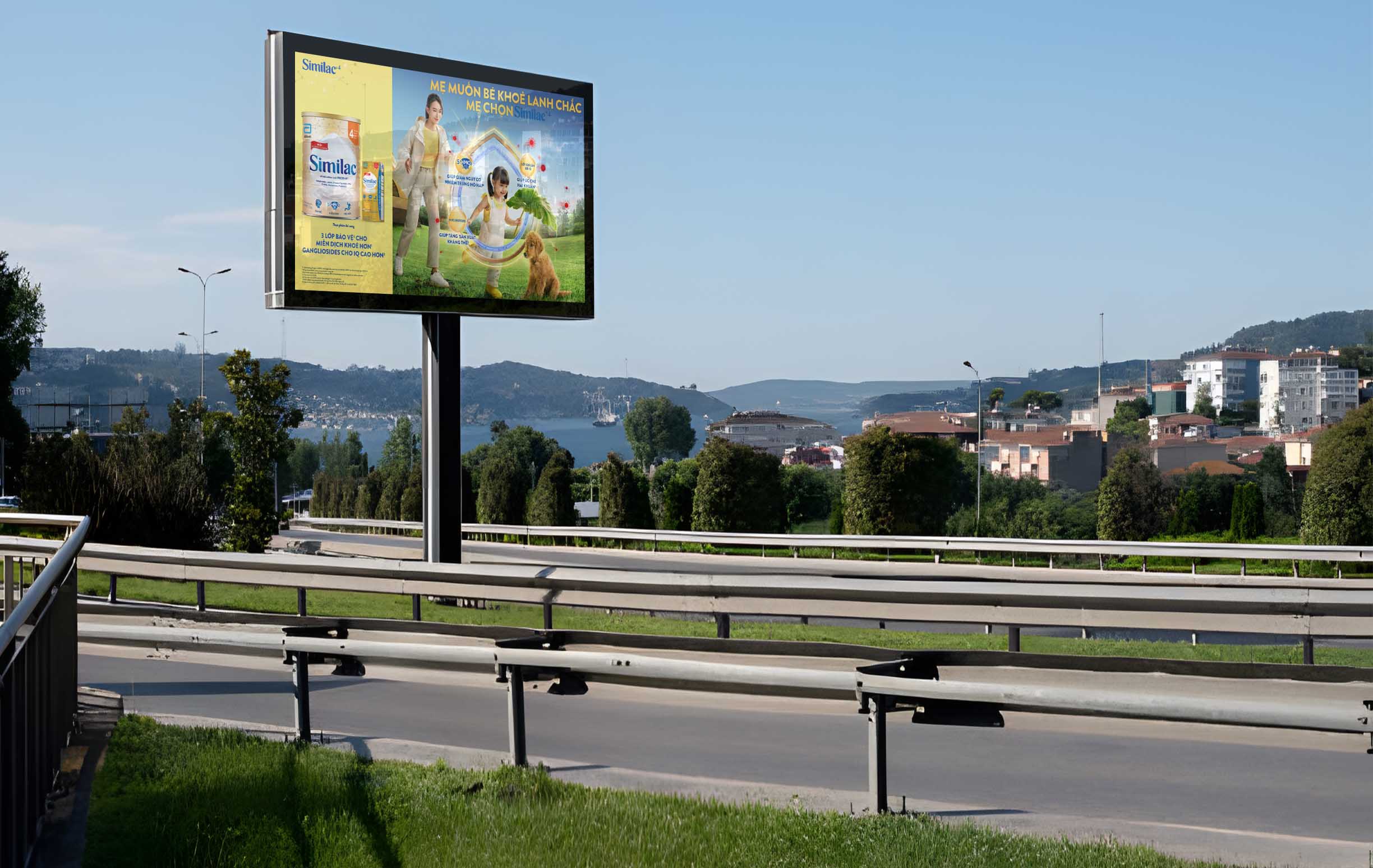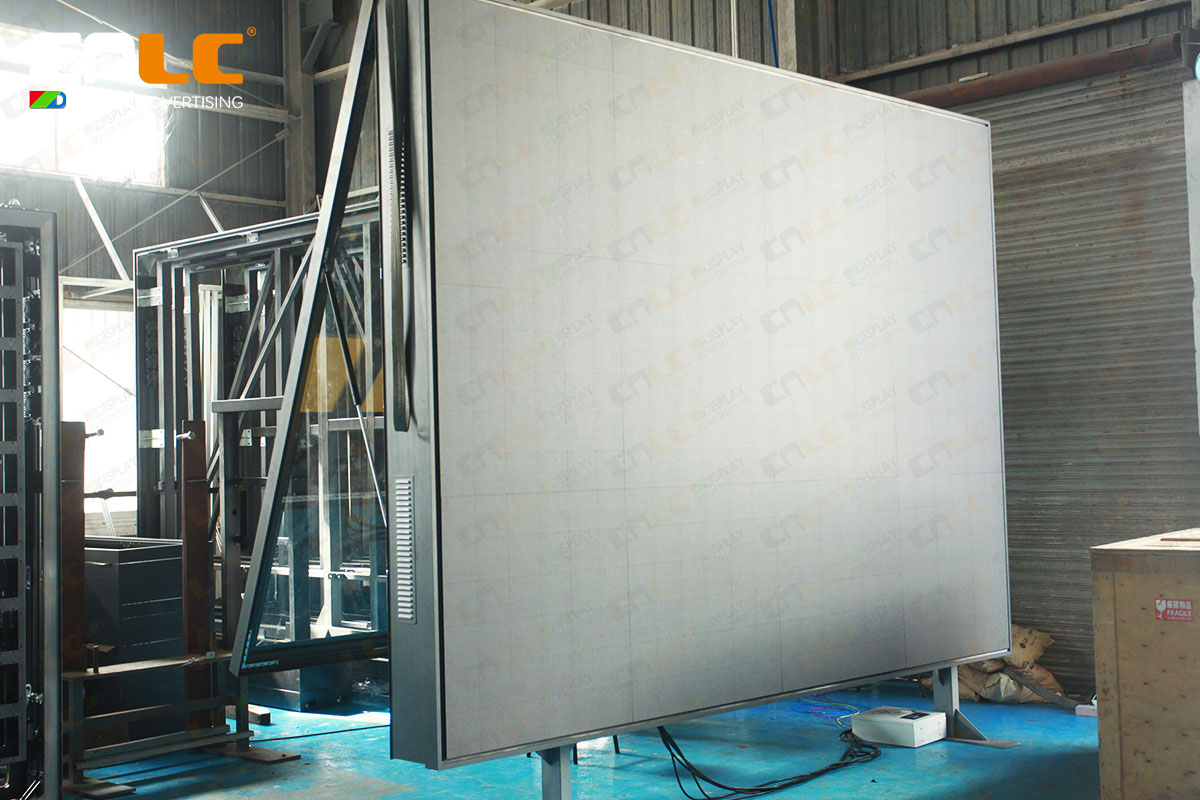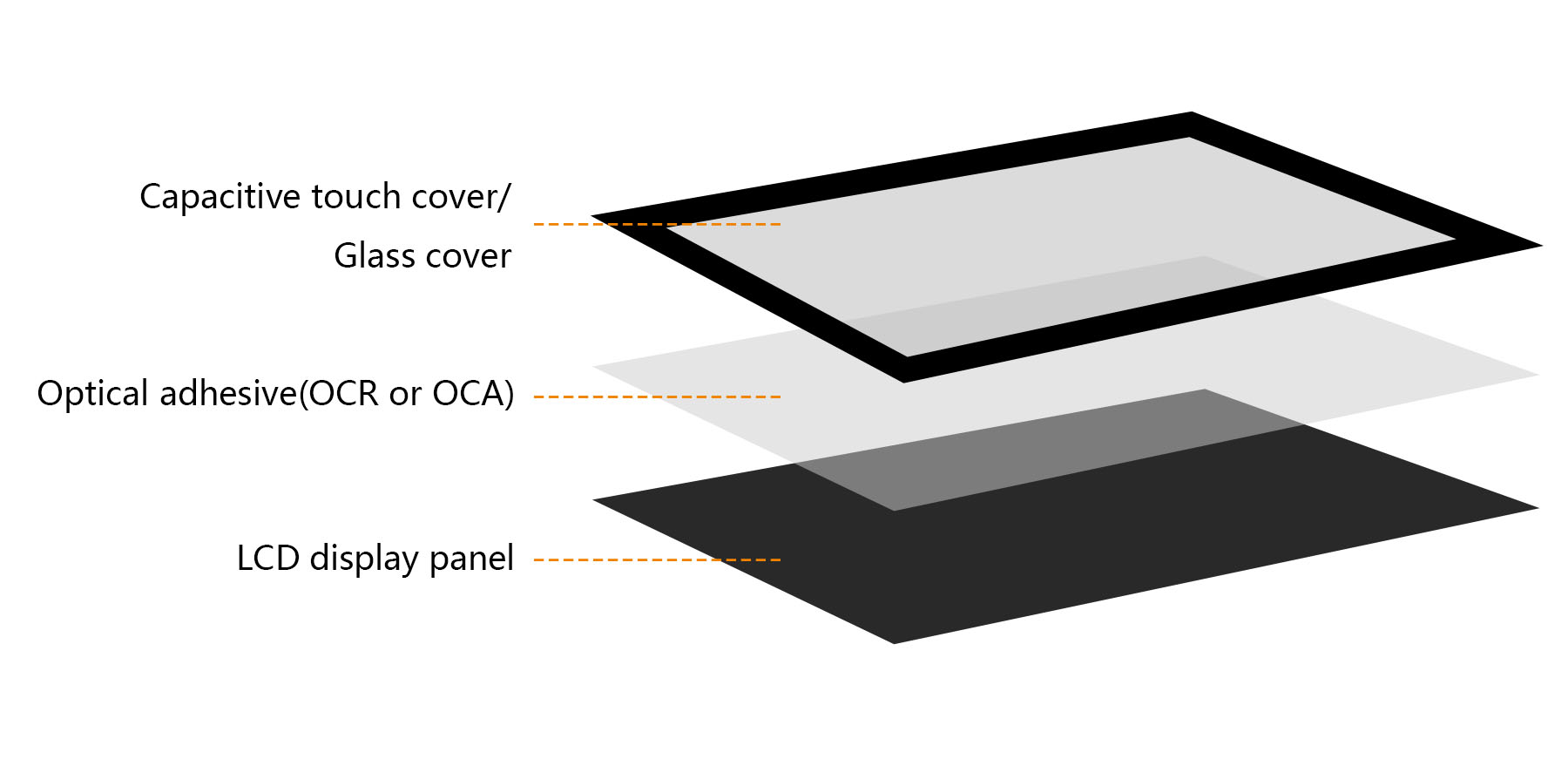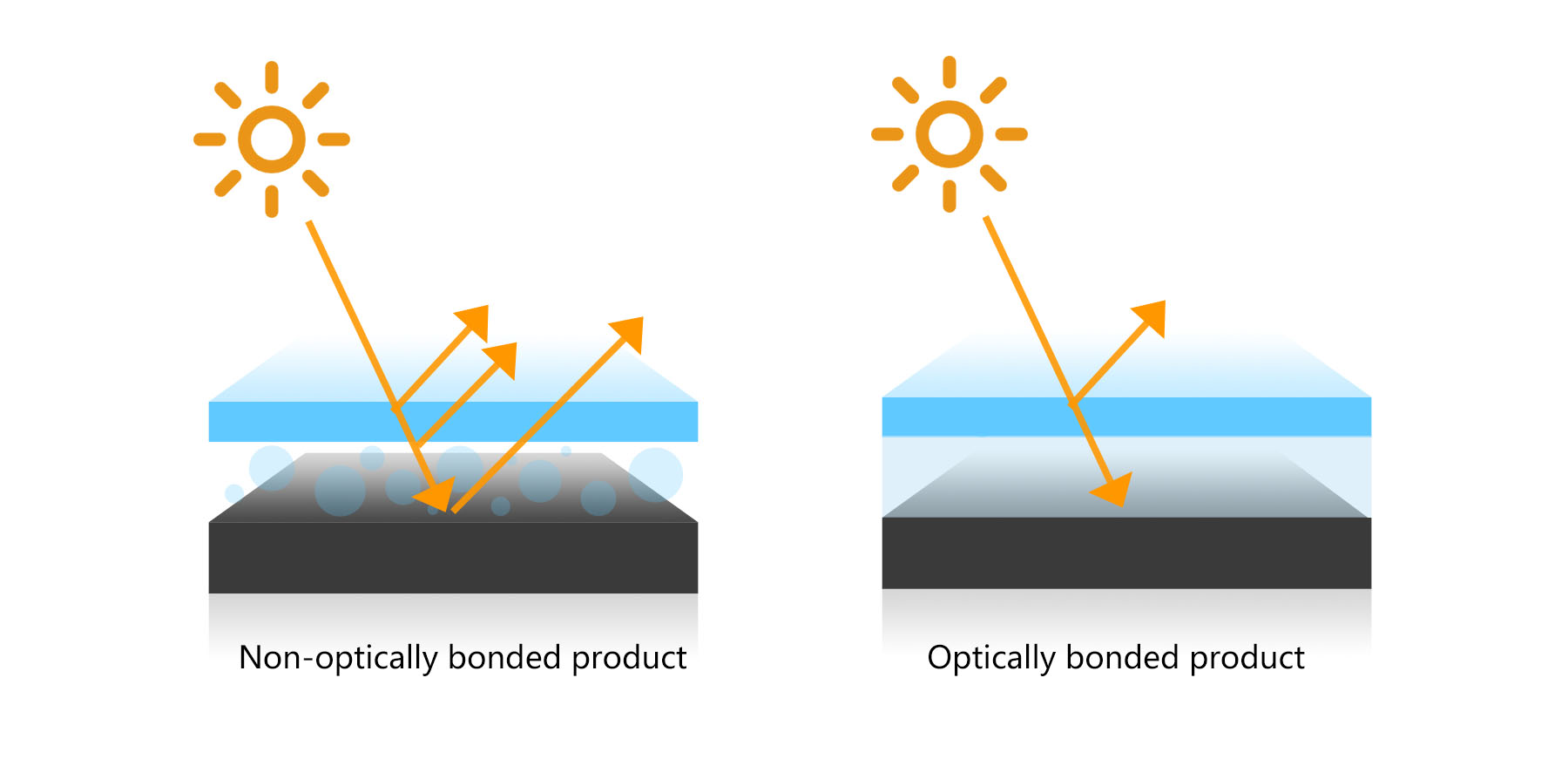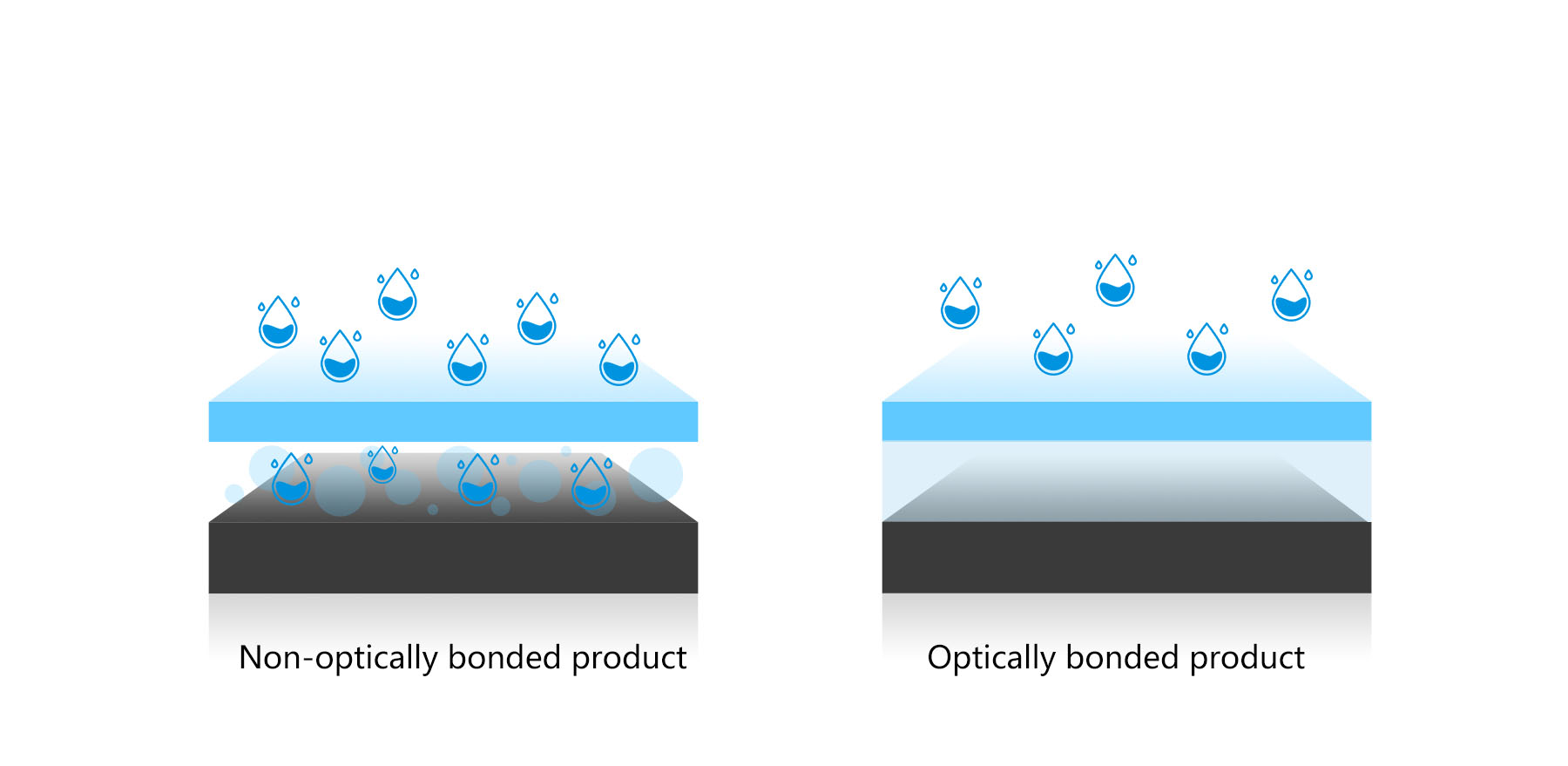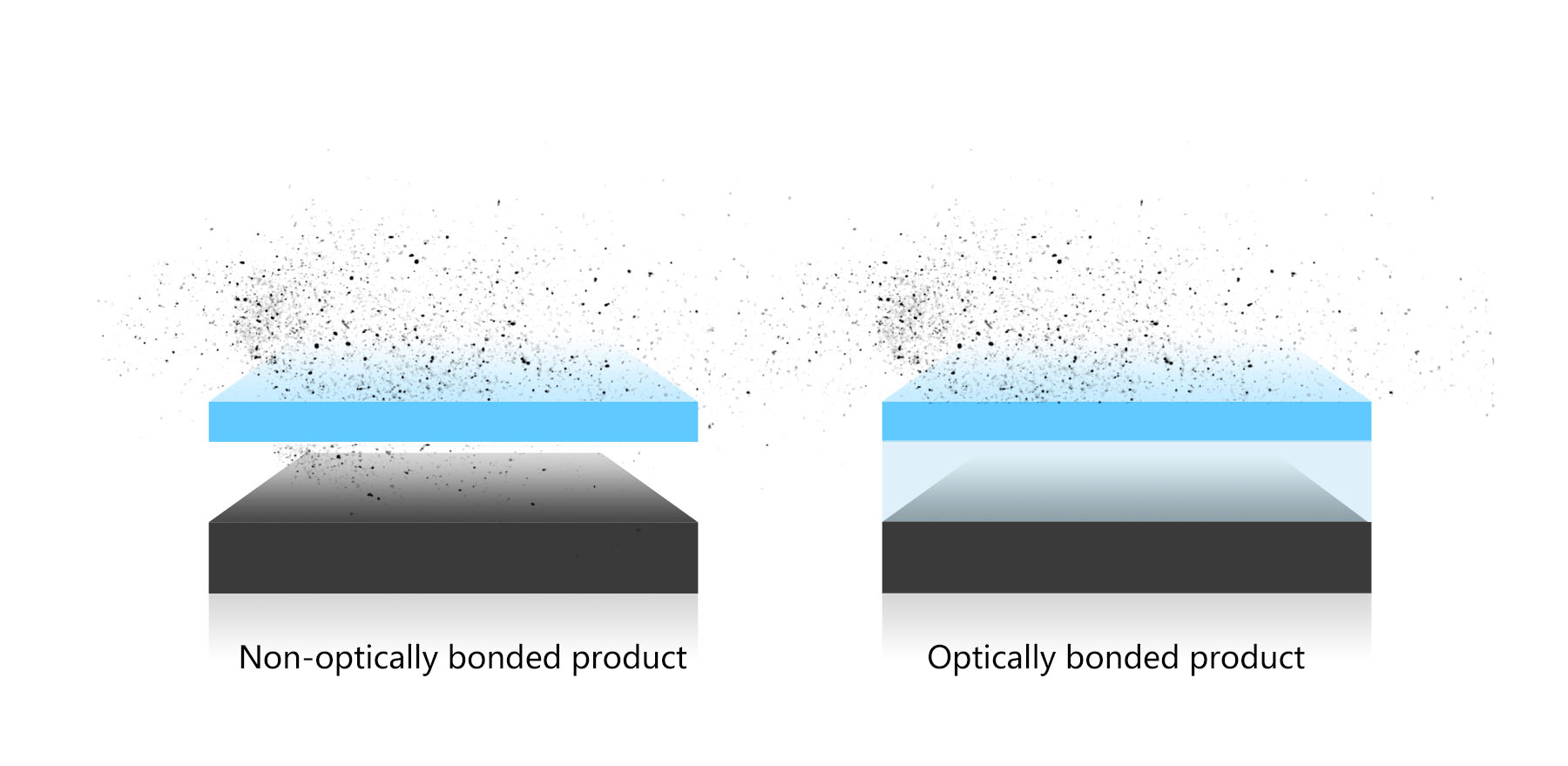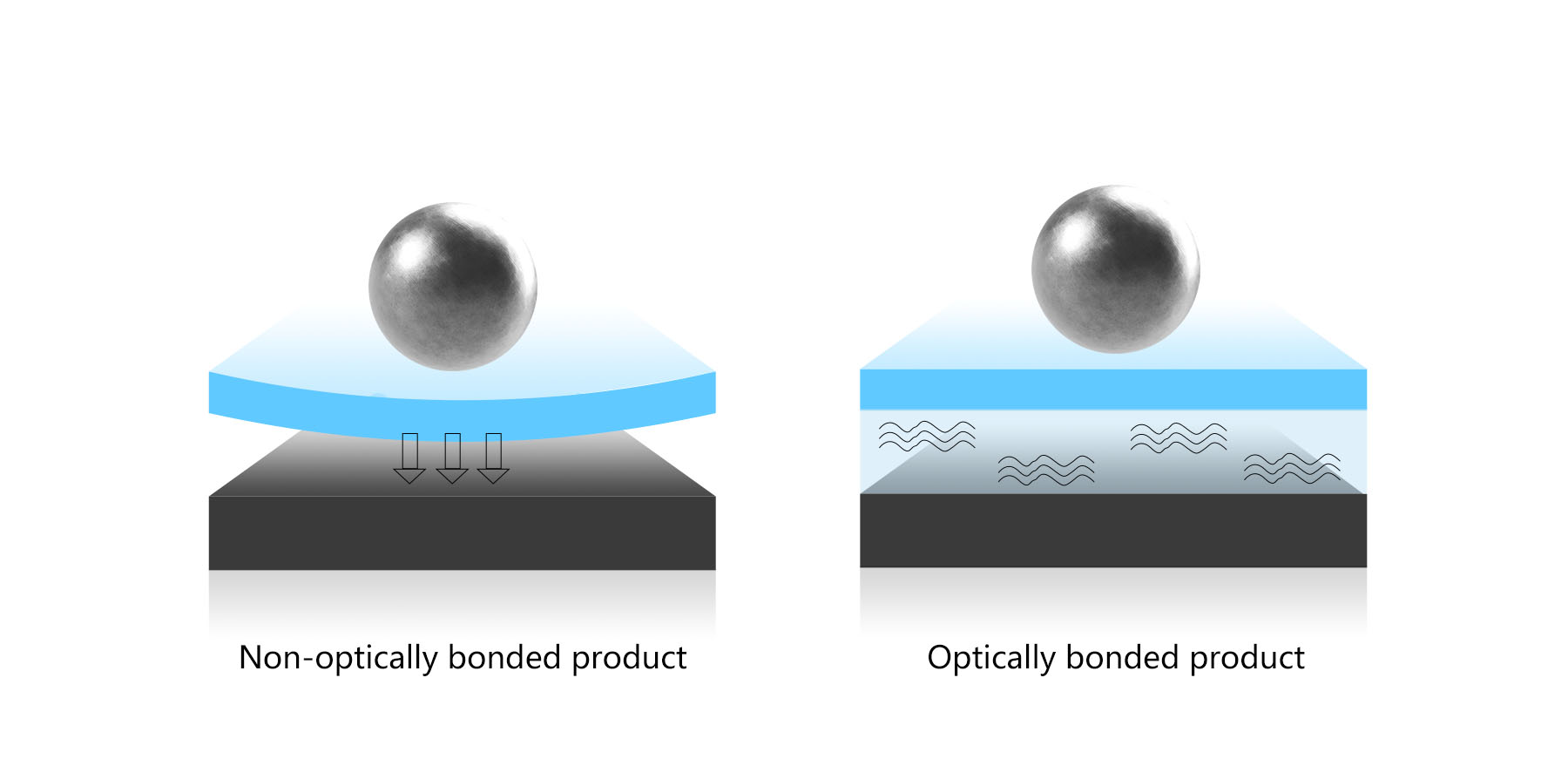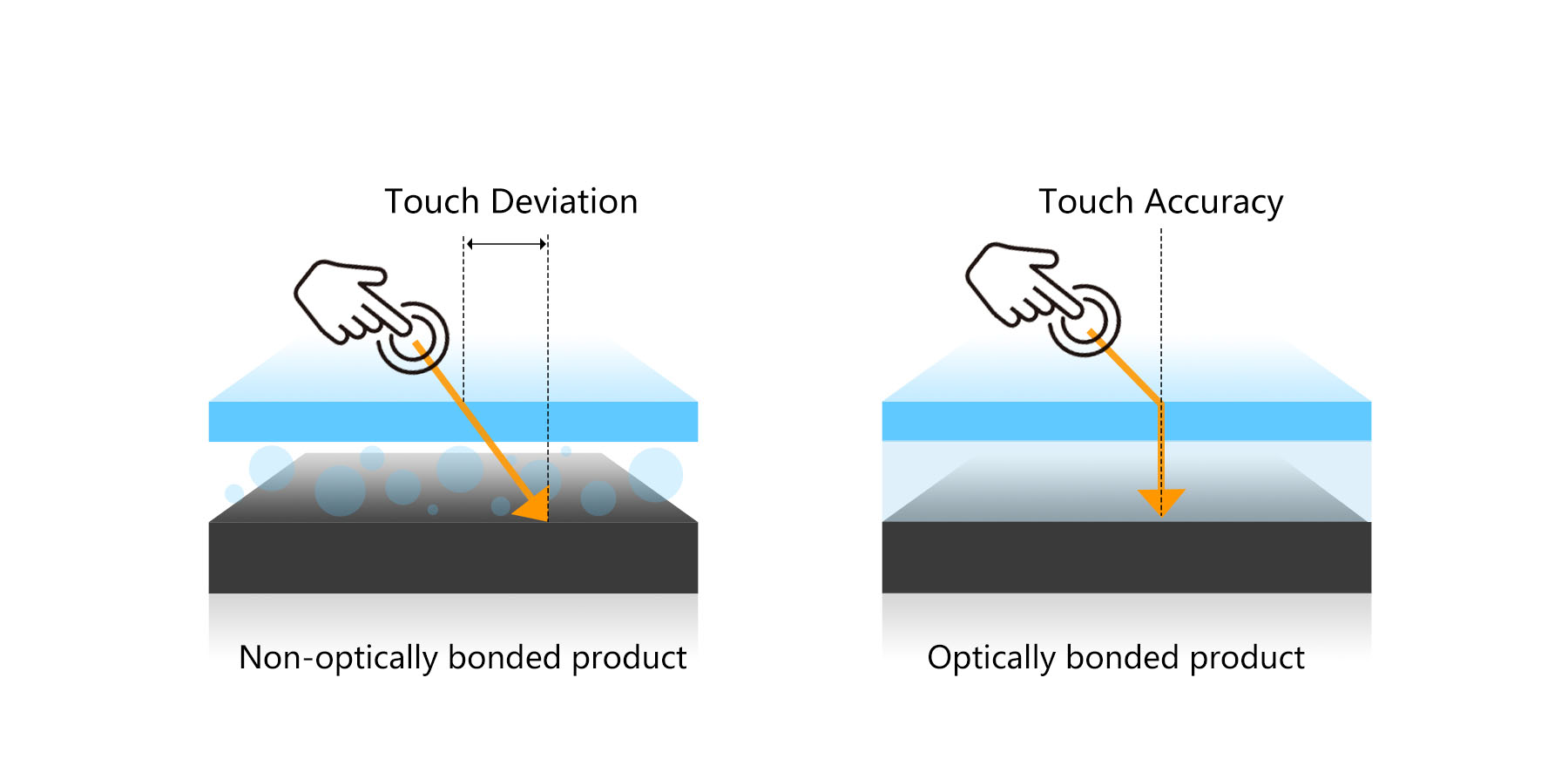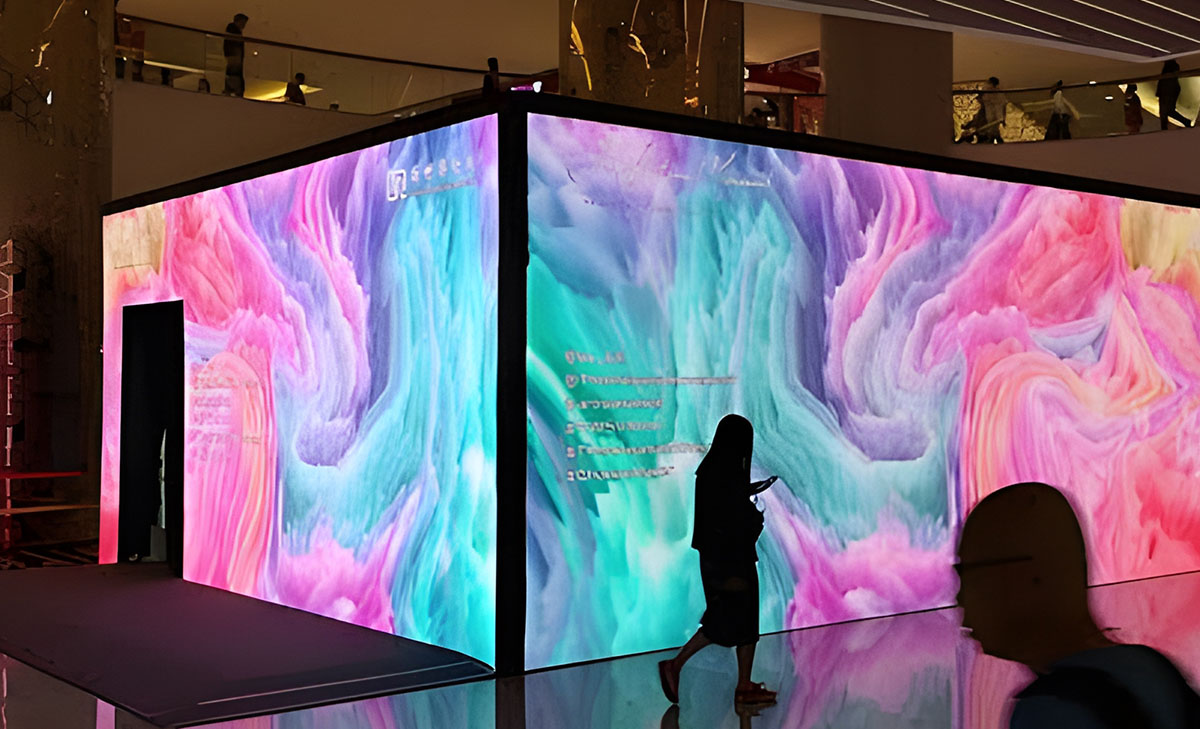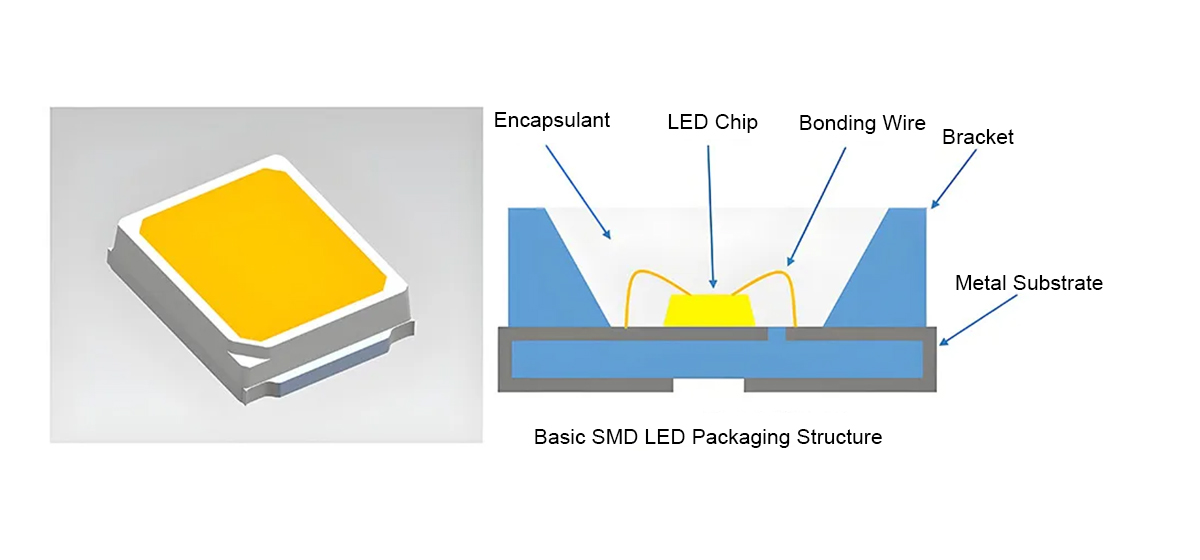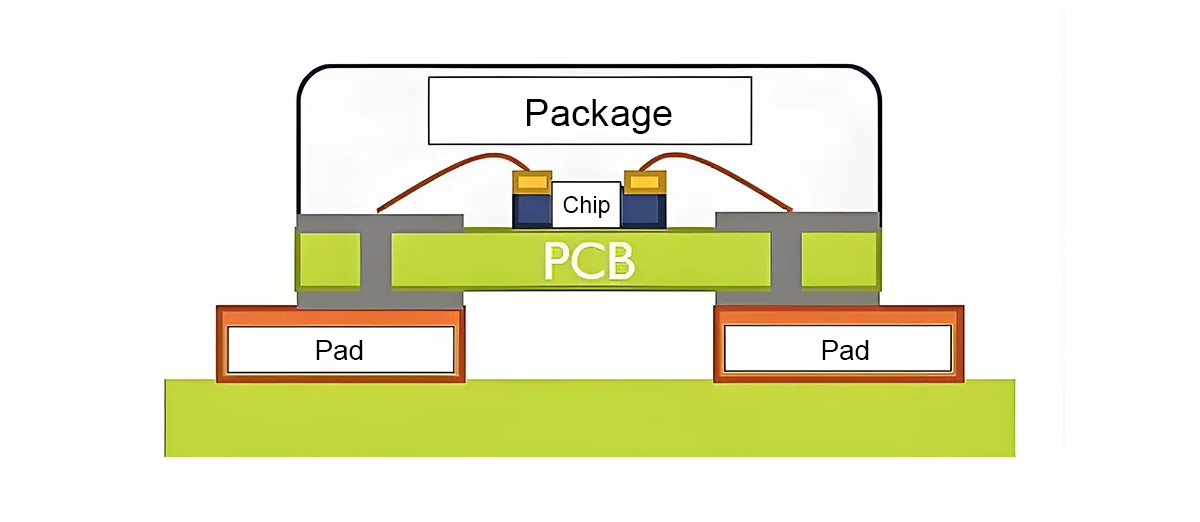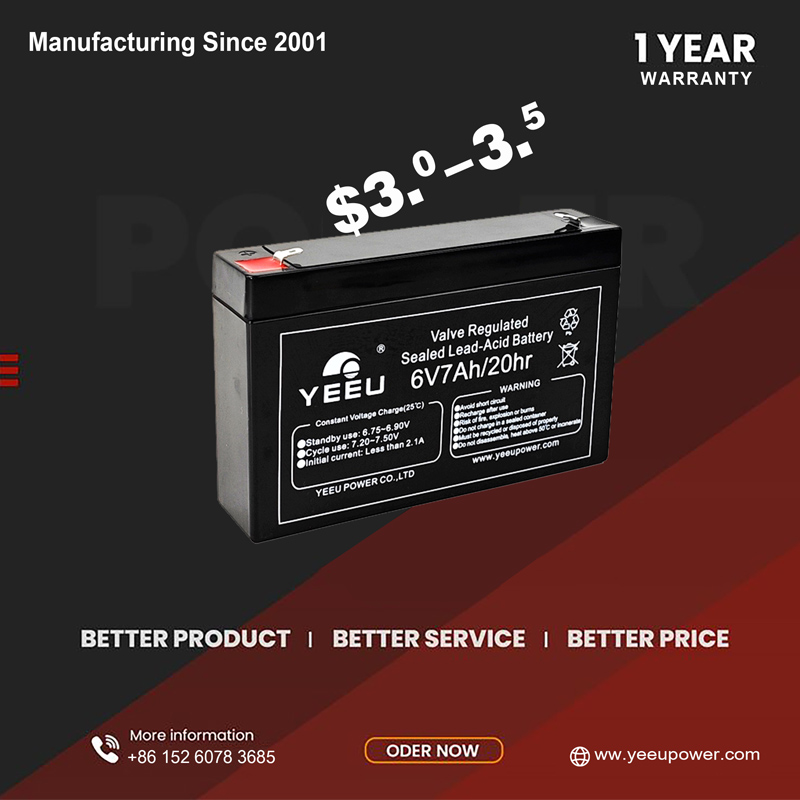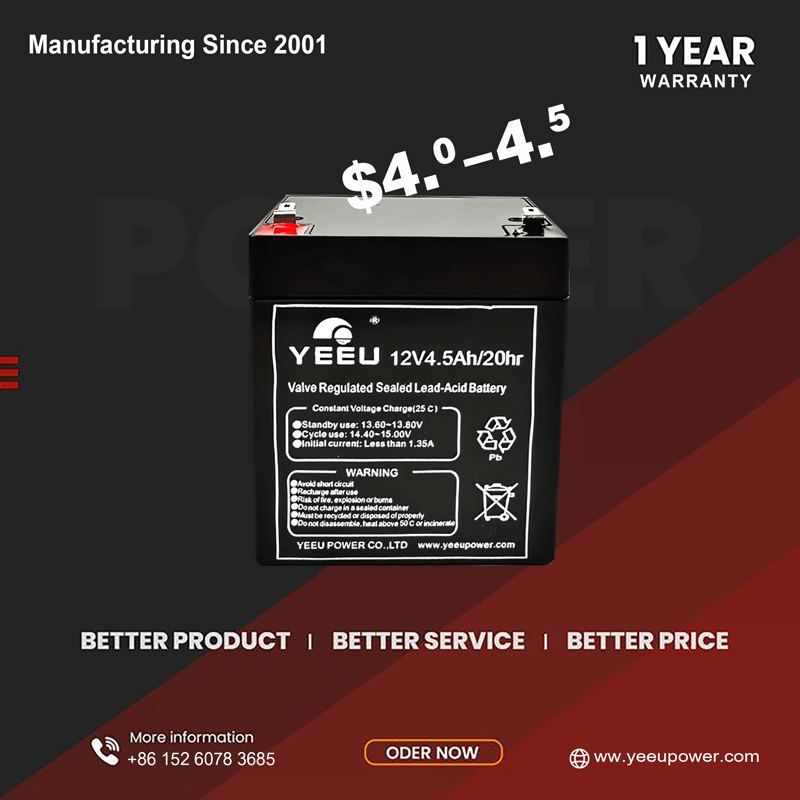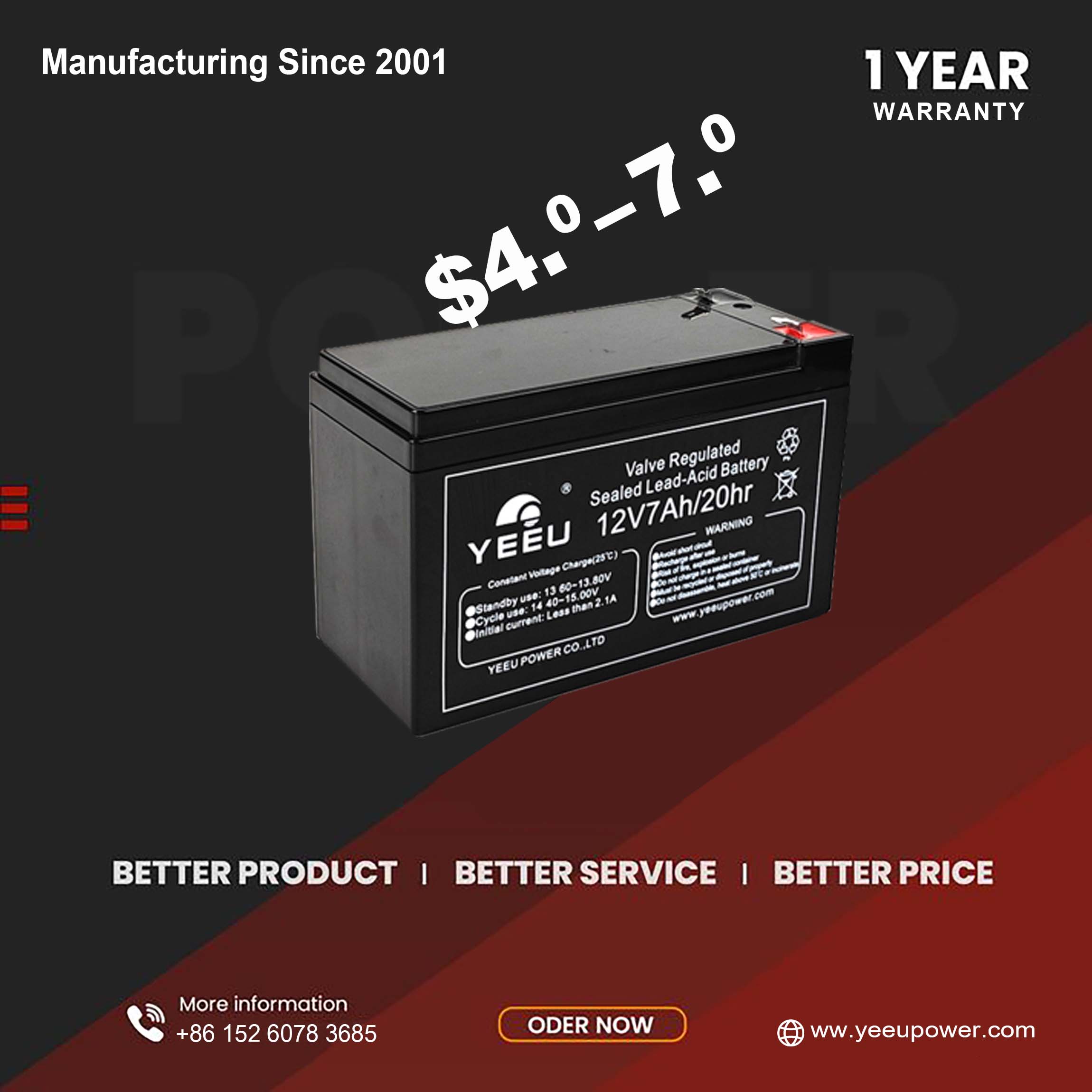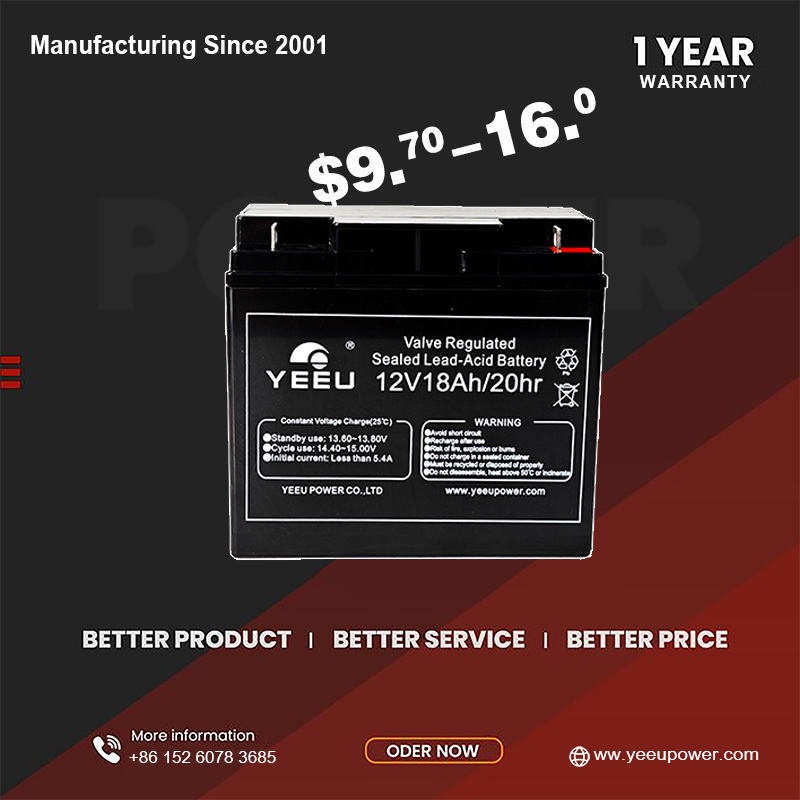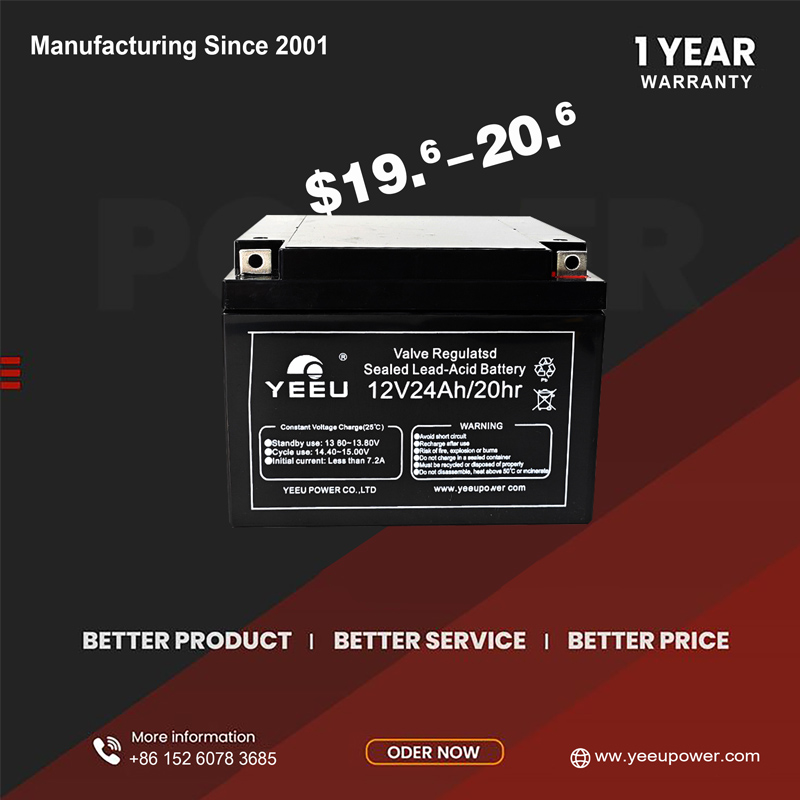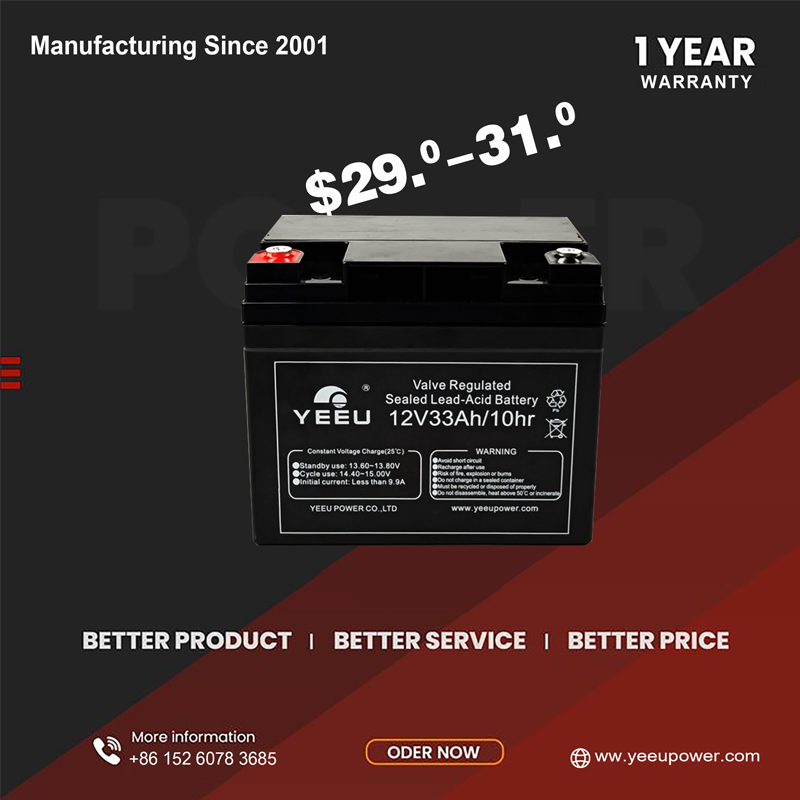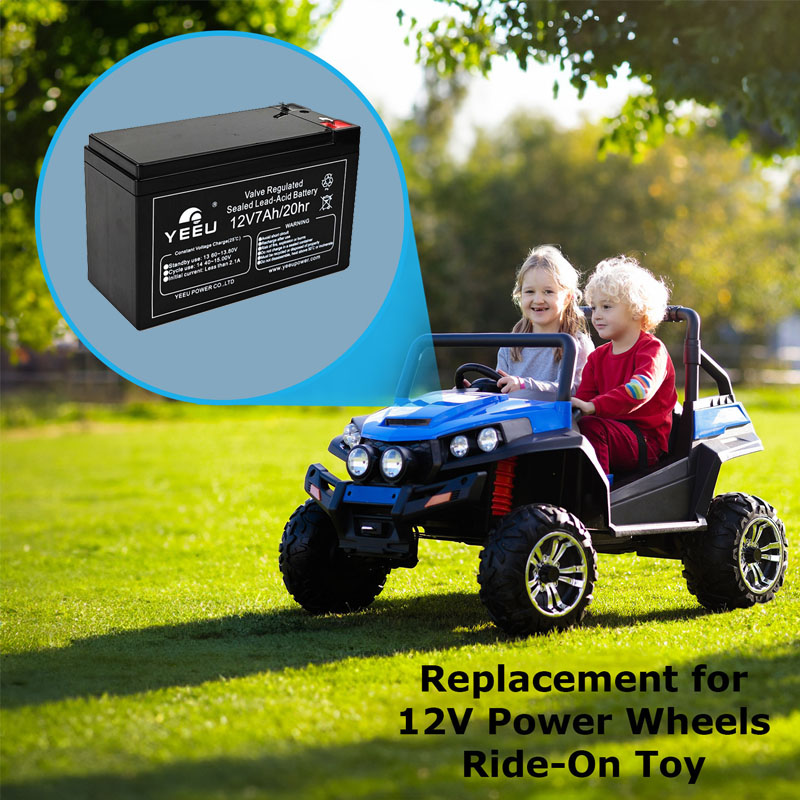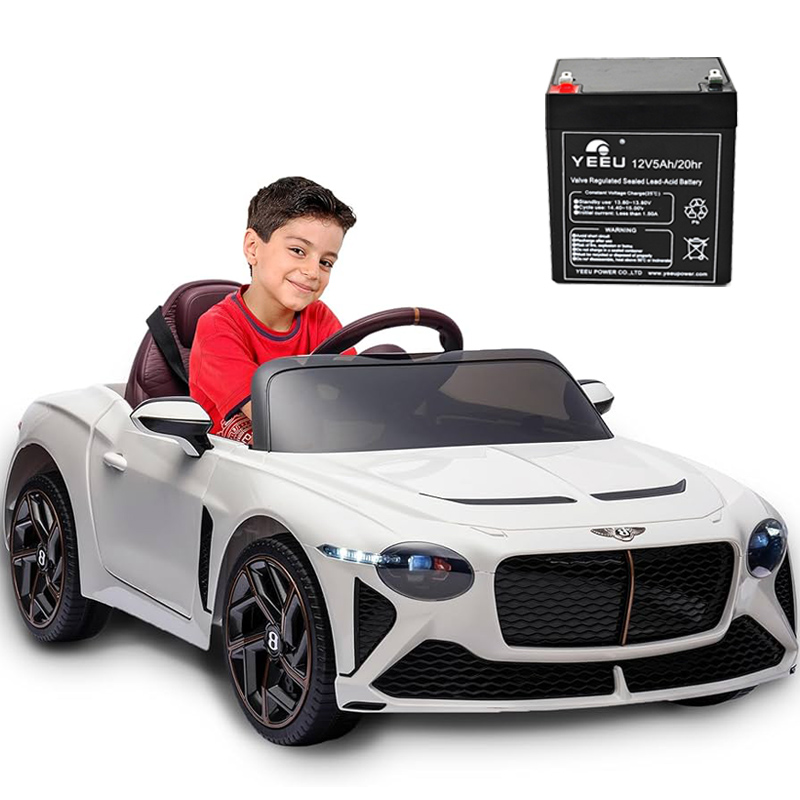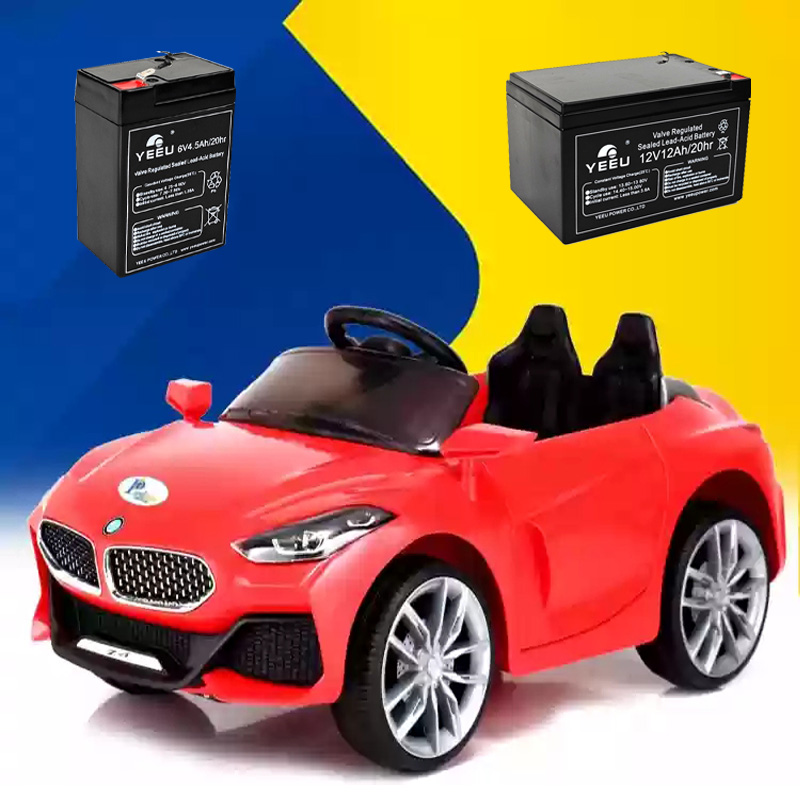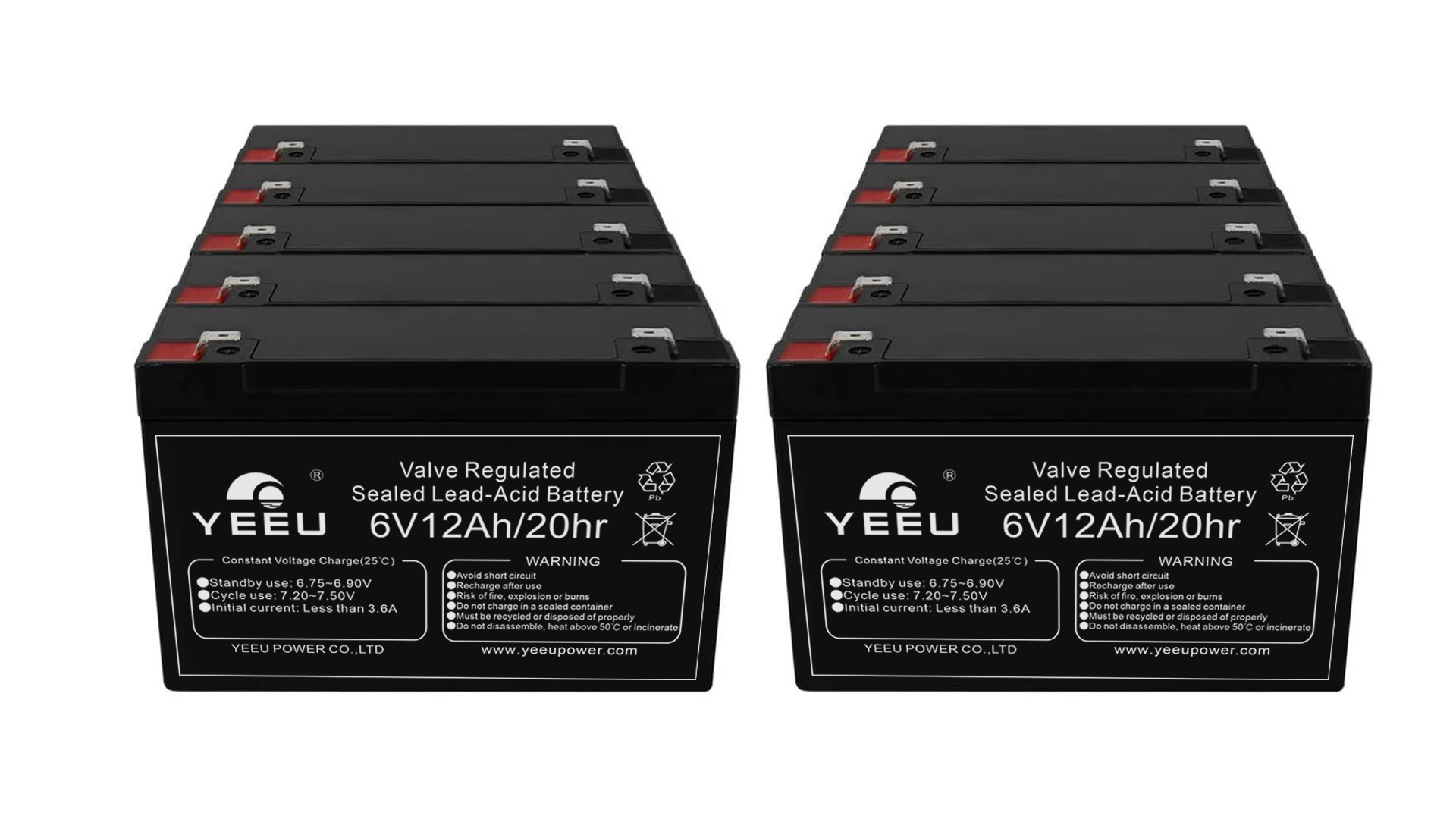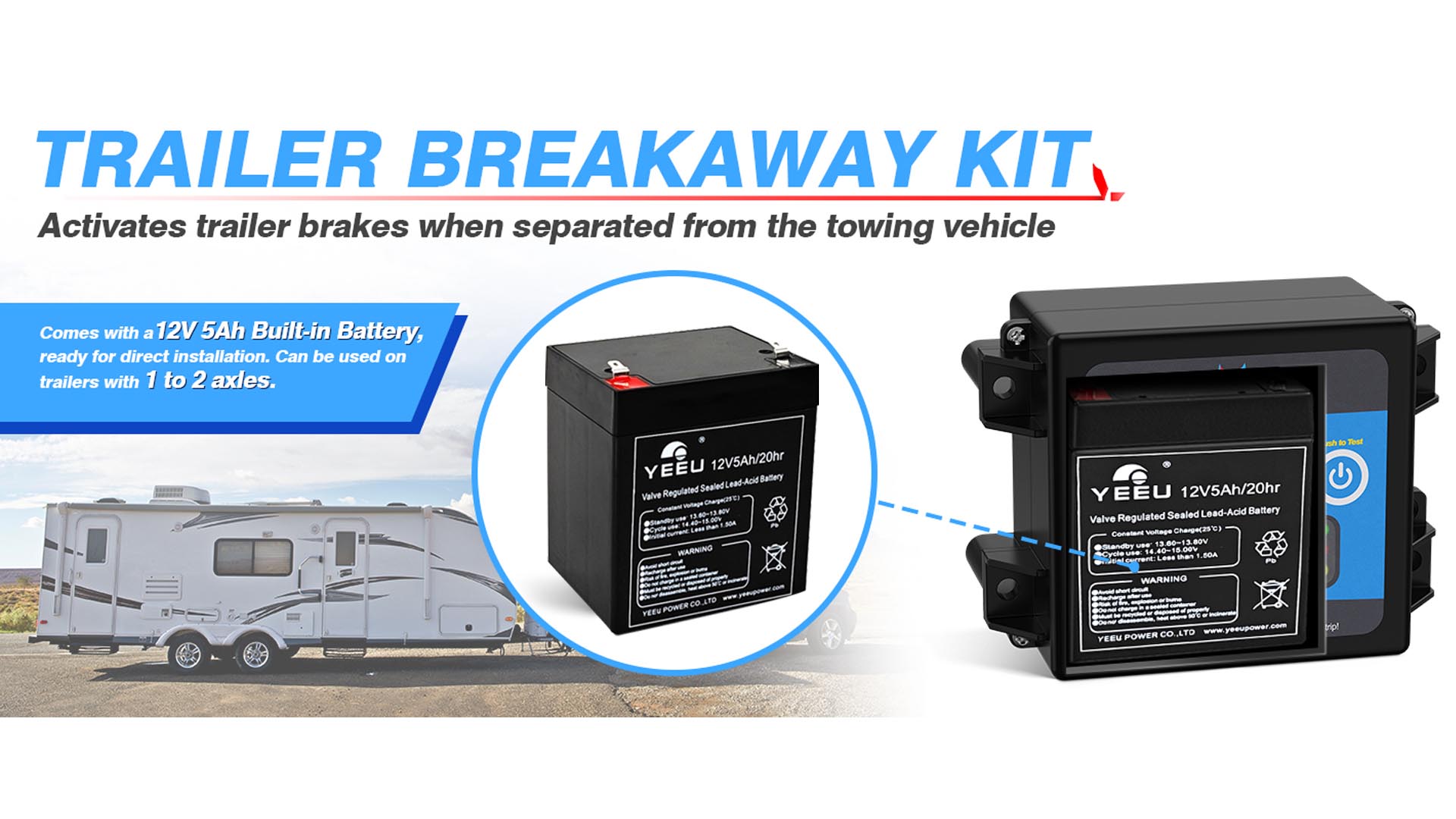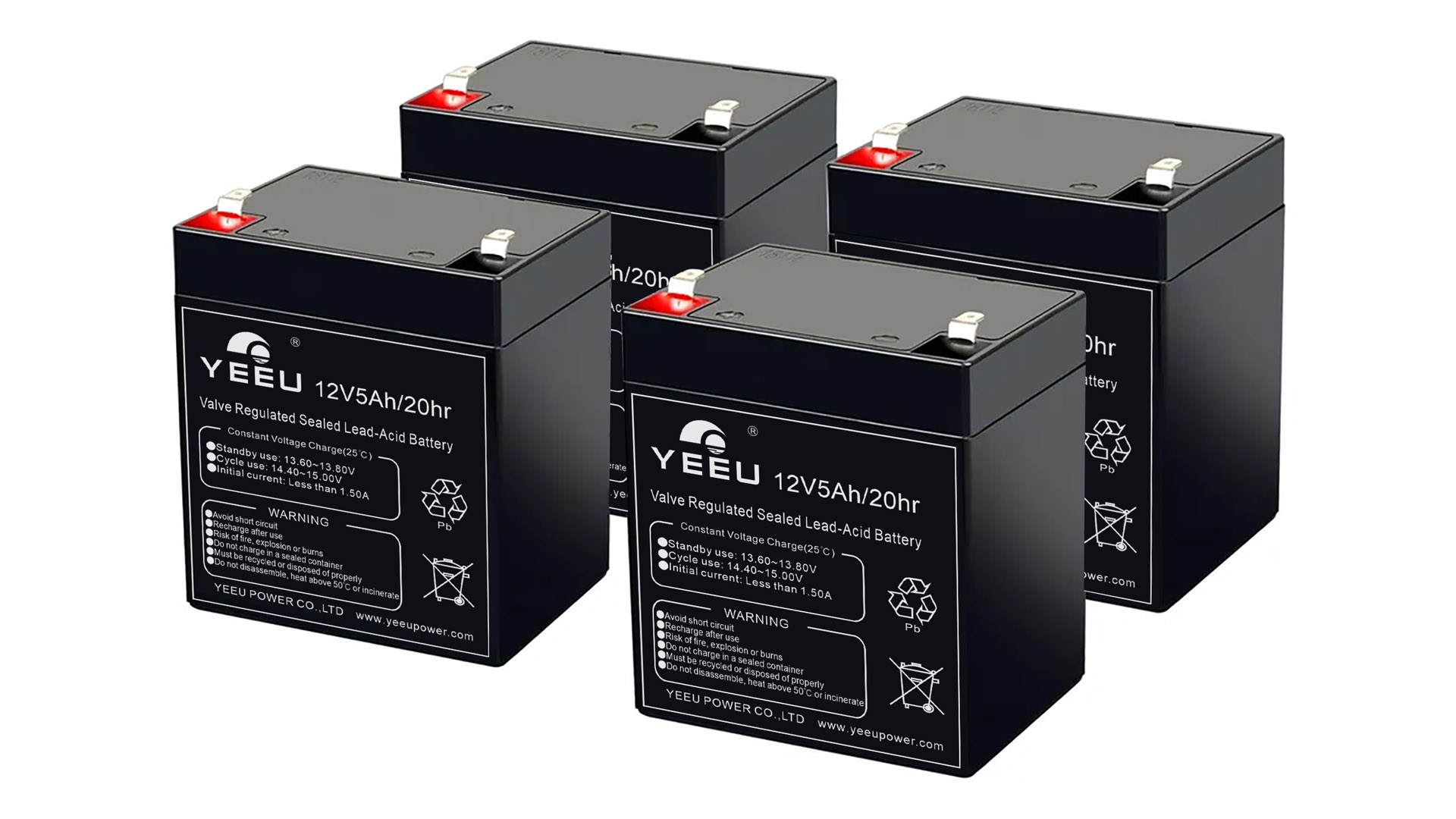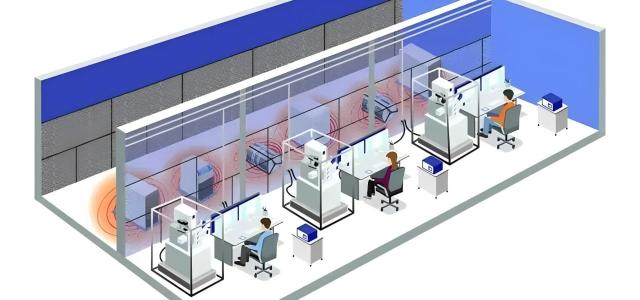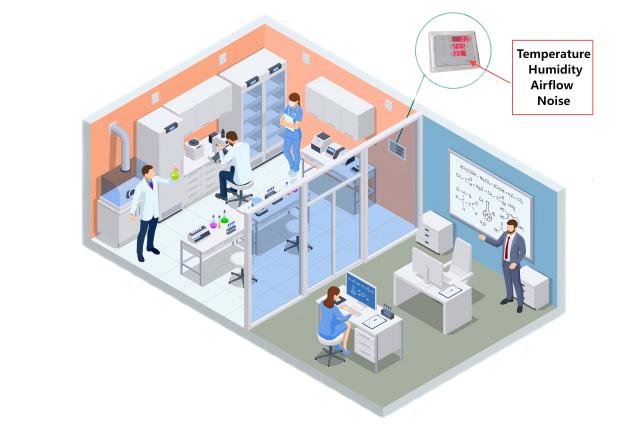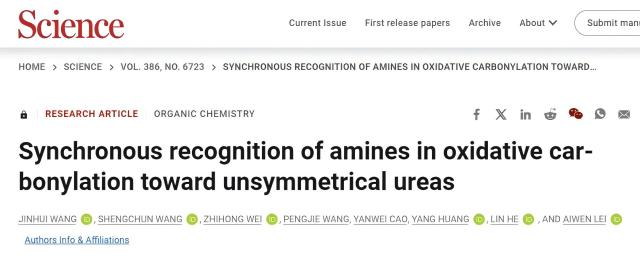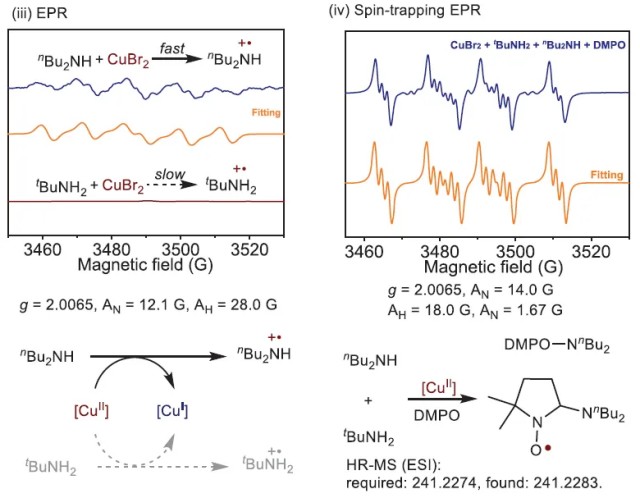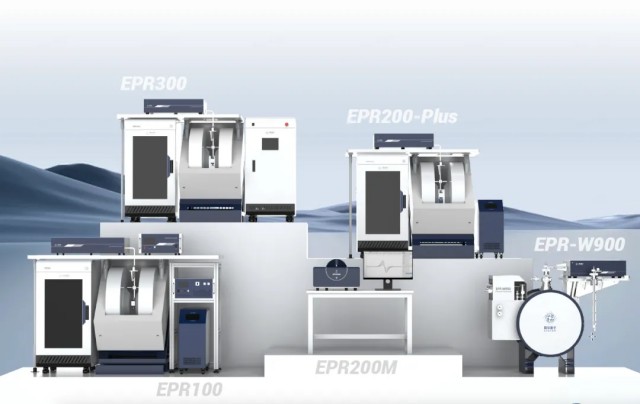What Is TLY-5Z PCB?
Introduction
Welcome to our comprehensive product description of the TLY-5Z PCB 10mil Taconic material. With its cutting-edge design and advanced features, the TLY-5Z PCB is set to revolutionize the world of electronic circuitry. In this blog post, we will delve into the key characteristics, benefits, construction details, and applications of this exceptional laminated PCB. Whether you are an industry professional or an electronics enthusiast, this informative guide will provide a deeper understanding of the TLY-5Z PCB's capabilities and why it is the ideal choice for your next project.
Introduction of TLY-5Z
The TLY-5Z laminates are at the forefront of technology, offering exceptional performance for a variety of applications. These laminates feature glass-filled PTFE composites with woven fiberglass reinforcement, making them ideal for low-density applications in the aerospace industry that require minimized weight. Unlike non-reinforced PTFE, the TLY-5Z laminates provide dimensional stability while also offering a low Z-axis expansion rate. This advanced composite showcases superior thermal stability, specifically in relation to Z-axis expansion-induced stress on plated through holes. With TLY-5Z, you can achieve performance levels previously unattainable with conventional low dielectric constant PTFE composites.
 TLY-5Z high frequency PCB
TLY-5Z high frequency PCB
Features
The TLY-5Z PCB boasts an impressive array of features, engineered to deliver exceptional performance and reliability. Here are the key features at a glance:
2.1 DK of 2.2 +/- 0.04 at 10 GHz/23°C:
The TLY-5Z PCB offers a stable dielectric constant, ensuring consistent signal integrity at high frequencies.
2.2 Dissipation factor of 0.0015 at 10 GHz/23°C:
This low dissipation factor minimizes energy loss and improves overall efficiency.
2.3 TcDK of -72 ppm/°C ranging -55~150°C:
The TLY-5Z PCB exhibits excellent thermal stability, making it suitable for applications exposed to varying temperature conditions.
2.4 Moisture Absorption 0.03%:
With minimal moisture absorption, the TLY-5Z PCB remains stable and reliable over extended periods.
2.5 CTE in X-axis of 30 ppm/°C, Y-axis of 40 ppm/°C, and Z-axis of 130 ppm/°C:
The balanced coefficient of thermal expansion (CTE) ensures dimensional stability, reducing the risk of warping and other mechanical issues in the PCB.
2.6 UL-94 V0 Flammability Rating:
This high flame-retardancy rating ensures compliance with stringent safety standards, making the TLY-5Z PCB suitable for applications where fire safety is critical.
Benefits
The TLY-5Z 10mil Taconic substrate PCB offers several advantages that set it apart from traditional alternatives. Consider the following benefits when choosing the TLY-5Z for your next project:
3.1 Low Z Axis CTE:
The TLY-5Z's low Z-axis CTE ensures excellent dimensional stability, minimizing the risk of reliability issues such as plated through hole failures caused by thermal expansion.
3.2 Plated Through Hole Stability:
With its exceptional thermal stability and low Z-axis expansion, the TLY-5Z PCB provides reliable and consistent performance for plated through holes, ensuring excellent signal transmission across the entire board.
3.3 Low Density (1.92 g/cm³):
The TLY-5Z's low density design contributes to reduced weight and enhanced overall performance, making it an ideal choice for aerospace applications and any other weight-sensitive projects.
3.4 Attractive Price/Performance Ratio:
Despite its advanced features, the TLY-5Z PCB offers a competitive price/performance ratio, providing excellent value for your investment.
3.5 Excellent Peel Strength:
The TLY-5Z features outstanding peel strength, allowing it to withstand harsh environments and offering resistance against delamination and other mechanical stresses.
3.6 Compatible with Profile Copper Foil:
The TLY-5Z is well-suited for use with profile copper foil, enabling efficient signal transfer and enhancing overall electrical performance.
 TLY-5Z 10mil Taconic PCB
TLY-5Z 10mil Taconic PCB
Stackup: 2-layer rigid PCB
The TLY-5Z PCB is designed as a 2-Layer 10mil Circuit Board PCB, featuring the following stackup:
Copper_layer_1: 35μm
TLY-5Z: 0.254 mm (10mil)
Copper_layer_2: 35μm
This configuration ensures optimal signal integrity and efficient power distribution, meeting the requirements of a wide range of applications.
PCB Construction Details
The TLY-5Z PCB is meticulously crafted to meet the highest quality standards. Here are the construction details of this exceptional PCB:
Board dimensions: The TLY-5Z PCB measures 90.17mm x 41.36mm, providing a compact yet versatile platform for your electronic designs.
Minimum Trace/Space: Achieve precise designs with a minimum trace/space requirement of 5/6 mils, ensuring efficient routing and reducing the risk of signal interference.
Minimum Hole Size: The TLY-5Z PCB supports a minimum hole size of 0.2mm, allowing for intricate designs and facilitating the use of smaller components.
No Blind Vias: The absence of blind vias simplifies the manufacturing and assembly process, reducing costs and ensuring consistent quality.
Finished Board Thickness: The TLY-5Z PCB boasts a finished board thickness of 0.3mm, striking a balance between durability and flexibility in a wide range of applications.
Finished Cu Weight: The outer layers of the TLY-5Z PCB have a finished copper weight of 1oz (1.4 mils), guaranteeing excellent conductivity and efficient power distribution.
Via Plating Thickness: The TLY-5Z PCB features via plating thickness of 20μm, ensuring robust connections and minimizing the risk of signal loss.
Surface Finish: The TLY-5Z PCB comes with an immersion gold surface finish, enhancing the PCB's durability, solderability, and resistance to oxidation.
Top and Bottom Silkscreen: The TLY-5Z PCB does not include top or bottom silkscreen, allowing for a clean, minimalist aesthetic.
Top and Bottom Solder Mask: The TLY-5Z PCB does not include top or bottom solder mask, giving you flexibility in customization and allowing for specific requirements.
100% Electrical Test: Each TLY-5Z PCB undergoes a comprehensive 100% electrical test prior to shipment, ensuring the highest level of quality control and guaranteeing reliable performance.
PCB Statistics
To provide further insight into the capabilities of the TLY-5Z 10mil Taconic laminates PCB, consider the following statistics:
Components: The TLY-5Z PCB supports up to 12 components, allowing for complex electronic designs.
Total Pads: With a total of 44 pads, the TLY-5Z PCB offers ample room for component placement and ensures convenient connectivity.
Thru Hole Pads: The TLY-5Z PCB includes 25 thru-hole pads, providing options for both through-hole and surface mount components.
Top SMT Pads: Deliver versatility with 19 top surface mount technology (SMT) pads, allowing for a variety of component options.
Bottom SMT Pads: The TLY-5Z PCB does not include bottom SMT pads, optimizing space and making it ideal for single-sided assembly.
Vias: Enjoy the flexibility of 31 vias, enabling efficient layer-to-layer connections and enhancing signal integrity.
Nets: The TLY-5Z PCB boasts 2 nets, ensuring reliable signal transmission across the entire board.
Artwork and Standards
The TLY-5Z 10mil Substrate PCB follows the Gerber RS-274-X artwork format and adheres to the IPC-Class-2 standard, ensuring industry-wide compatibility and reliable performance.
Availability
The TLY-5Z 10mil Taconic PCB materials is available for purchase worldwide, allowing customers from various regions to benefit from its exceptional features and performance.
Typical Applications
The TLY-5Z Taconic PCB finds application in a wide range of industries, including:
1.Aerospace Components:
The TLY-5Z PCB 10mil's low density and dimensional stability make it an excellent choice for aerospace applications that require lightweight, high-performance materials.
2.Low Weight Antennas for Aircraft:
With its low Z axis expansion and reliable plated through hole stability, the TLY-5Z PCB 10mil is ideal for designing low-weight antennas for aircraft communication systems.
3.RF Passive Components:
TLY-5Z PCB 10mil's excellent dielectric properties and low dissipation factor make it suitable for RF passive components, enabling efficient signal transmission and reduced losses.
Conclusion
The TLY-5Z PCB 10mil is a revolutionary product that combines advanced glass-filled PTFE composites with woven fiberglass reinforcement. With its superior thermal stability, low Z-axis expansion, and exceptional performance characteristics, the TLY-5Z Taconic TLX PCB is the ideal choice for aerospace components, lightweight antennas for aircraft, RF passive components, and a variety of high-performance applications. Its low density, attractive price-to-performance ratio, and compatibility with profile copper foil set it apart from traditional PCB alternatives. Choose the TLY-5Z high frequency PCB for your next project and unlock limitless possibilities in electronic circuitry.

